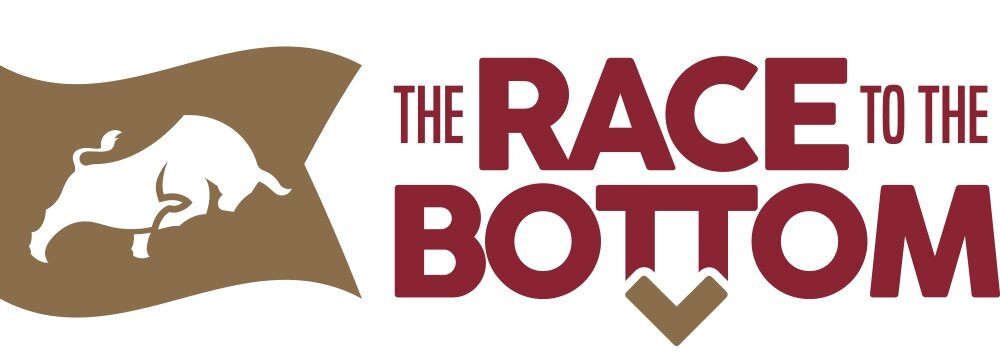Special Projects Segment: Rewards-Based Crowdfunding, Gluten-Free Forever Magazine
Shortly after her first quarterly issue of Gluten-Free Forever hit the shelves in grocery stores across the nation, I had a telephone interview with Erika Lenkert. We discussed Lenkert’s vision for the new business venture, some of the obstacles encountered while raising capital with rewards-based crowdfunding, and thoughts on raising capital in the future now that the prospect of equity crowdfunding for non-accredited investors has emerged. Recently, with her Spring issue printed, we had another discussion over email about the status of Lenkert’s small business venture.
Gluten-Free Forever Magazine (“GFF”) began as Lenkert’s small vision to merge a world-class food magazine with gluten-free living. As a free lance journalist and culinary world traveler, Lenkert joined forces with Maren Caruso to create a magazine dedicated to delicious food that happens to be gluten-free.
On March 31, 2014, Lenkert and Caruso launched the GFF Kickstarter Campaign to reach a capital raising goal of $90,000 in 30 days. Because rewards-based crowdfunding cannot offer those who donate equity in the project, it is common to offer rewards instead. GFF rewarded its donors deliciously. Some of these rewards included:
• $1 Donation—A sweet thank you card;
• $40 Donation—A 1 year digital subscription; or
• $5,000 Donation—A 1 year print plus digital subscription, two 1-page ads in the first and second issues (content appropriate), and an ad-page rate lock of $2,500 for the first two years in print.
The GFF campaign outlined how the raised capital would be spent, pricing and distribution, its long-term plan, risks and challenges, and some frequently asked questions. \
On April 30, 2014—its last day on Kickstarter—with 822 backers, GFF successfully raised $94,587. The Inaugural Edition of GFF launched on October 2014. The Winter Issue followed in January 2015. And the Spring Issue printed in April 2015.
Lenkert shared her experiences with crowdfunding for small business capital raising with The Race to the Bottom. Overall, Lenkert expressed gratitude for the crowdfunding process as it provided a means to achieve her dream. She cautioned, however, there are many drawbacks with rewards-based crowdfunding for small businesses, especially if the business model focuses on a special niche, such as a gluten-free recipe magazine.
A major setback for the GFF campaign was joining the Kickstarter platform with the belief that there would be a preexisting “crowd” to support it. As the campaign progressed, Lenkert realized most of her backers were directed to the campaign by word-of-mouth. Lenkert and Caruso rallied the support of family and friends to participate in the campaign. This form of marketing, Lenkert said, “became exhausting and nearly an around the clock effort for the weeks leading up to the deadline.” It impacted not only her ability to prepare for the inaugural issue, but also her presence at home with her daughter. She expressed that this unexpected difficulty in finding a crowd cost her countless hours as she tried to hit capital targets. In retrospect, Lenkert wished she had formulated a marketing and promotion strategy prior to launching the GFF campaign.
Lenkert encountered a minor setback related to the Kickstarter transaction fee. Lenkert shared that joining Kickstarter under the presumption that there will be a preexisting crowd and committing to the 10% platform fee (which is 10% of the total raised capital) was unfortunate because much of the effort driving the campaign came from Lenkert and Caruso’s personal supporters, not a preexisting crowd. To small business owners like them, $9,458.70 was a steep fee to pay to host the GFF campaign on Kickstarter with little benefit other than the credibility behind its name. But Lenkert appreciates the draw that this business model creates—an assurance that if the project does not meet its capital goal, the pledged money will be returned to the backers and the small business entrepreneurs will not be penalized or charged a fee for failing to meet the objective.
Now, with three issues printed, Lenkert and Caruso excitingly look to the future. The initial capital raised through Kickstarter provided seed money for GFF’s first year (4 issues). When discussing additional capital raising efforts for GFF’s future, Lenkert said she would not likely crowdfund again because of the substantial time demand. Instead, she and Caruso would rather seek like-minded private investors to join their culinary and artistic entrepreneurial vision. Lenkert believes that private investors would lower overhead campaign costs and allow the essential GFF personnel to focus their efforts on the business, which is their primary objective at this point.
I asked Lenkert to share her top 5 recommendations for other small business owners who may be considering rewards-based crowdfunding. She provided the following recommendations to consider before launching a crowdfunding campaign: (1) have a marketing and promotion plan in place; (2) consult with legal counsel; (3) form the legal structure; (4) weigh the cost of the transaction fee and the amount of time you will spend developing a crowd; and (5) consider realistic objectives for your project to ensure a sustainable business model after the initial crowdfunding period.
